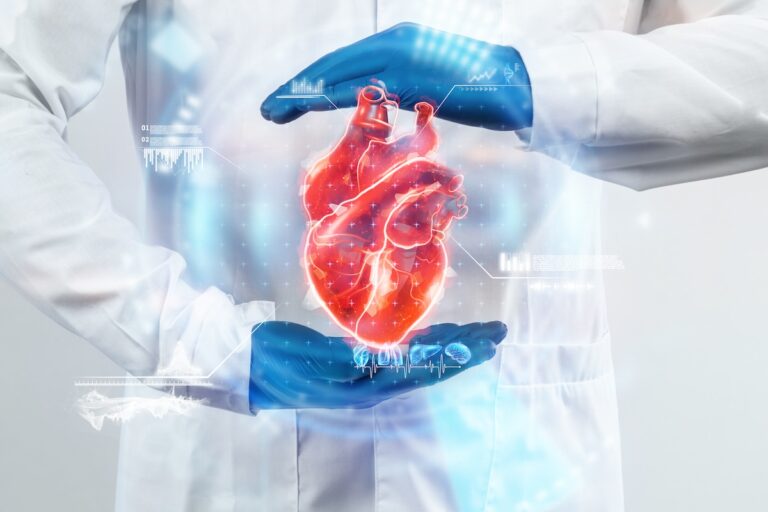Heart Transplantation (HTx) remains, despite ongoing challenges such as donor scarcity and long-term graft deterioration, the gold-standard, life-saving treatment for selected patients with end-stage heart failure.
Since the first successful HTx performed by Prof. Barnard in 1967 and the introduction of cyclosporine-based immunosuppression in the 1970s, transplant rates (reaching 106.2 transplants per 100 patient-years in 2021), survival, and quality of life for most recipients have consistently improved.
Our recommended read this month, “Cardiac transplantation: a review of current status and emerging innovations”, provides a comprehensive overview of HTx—from its history and surgical evolution to modern immunosuppression strategies, post-operative care, and future perspectives.
It highlights the following advances in the perioperative and surgical phases:
- Improved graft viability through better donor selection and organ preservation.
- Increased early survival rates thanks to enhanced surgical techniques, anesthetic management, and perioperative care.
- Growing use of mechanical circulatory support devices as bridges to transplant or as destination therapies.
And, in the post-transplantation management phase:
- Early stage: focus on improving prevention and treatment of complications.
- Subsequently: monitoring for rejection (acute cellular rejection occurs in up to 40% of patients in the first year) and, in the long term, surveillance for chronic rejection such as cardiac allograft vasculopathy, a major cause of late graft failure.
The paper also reviews innovations and future directions, such as:
- Advances in organ preservation, including normothermic machine perfusion and other technologies that could expand the donor pool and improve outcomes.
- The potential of regenerative medicine—particularly the use of mesenchymal stem cells and other cell therapies—to reduce inflammation, fibrosis, and ischemia-reperfusion injury.
- Progress in immunobiology with novel biologics and tolerance-inducing strategies aimed at reducing rejection without the long-term toxicity of standard immunosuppression.
The review concludes that heart transplantation has evolved into a highly effective therapy with excellent short- and medium-term outcomes, while identifying four remaining key priorities:
- Expanding the donor pool.
- Reducing chronic rejection.
- Minimizing the side effects of lifelong immunosuppression.
- Harnessing regenerative and preservation technologies to improve long-term graft survival and patient well-being.
At 4bases, we are proud to support advances in HTx and, more broadly, in organ transplantation through our recently launched, cutting-edge RUO genetic testing solution, InnoGraft.
As our cell-free DNA platform for monitoring solid-organ transplant recipients, InnoGraft quantifies donor-derived cell-free DNA (dd-cfDNA) from a single plasma sample, providing rapid, precise insight into graft integrity—without the risks and costs of biopsy. It directly addresses priorities #2 and #3 above.
Sundararaju U, Rachoori S, Mohammad A, Rajakumar HK. Cardiac transplantation: A review of current status and emerging innovations. World J Transplant. 2025 Jun 18;15(2):100460. doi: 10.5500/wjt.v15.i2.100460. PMID: 40535486; PMCID: PMC11886295.





